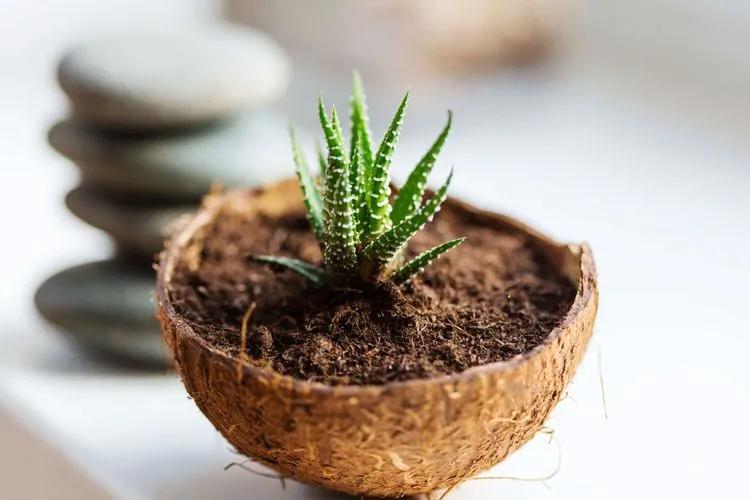 Aloe vera is a medicinal plant that has been used for thousands of years to cure different diseases. It is a succulent plant species from the genus Aloe. It grows abundantly in tropical climates and has been used as a medicinal plant for centuries. The species is also used for decorative purposes and grows successfully indoors as a potted plant. It is usually safe to use the medical abilities of your own plant, or you can buy its gel from the store. Aloe vera creams, gels, and ointments contain a clear gel that is found in aloe vera leaves. These products can be applied topically to treat a variety of skin diseases. Aloe is sold in capsules or in liquid form to be taken by mouth to promote health.
Aloe vera is a medicinal plant that has been used for thousands of years to cure different diseases. It is a succulent plant species from the genus Aloe. It grows abundantly in tropical climates and has been used as a medicinal plant for centuries. The species is also used for decorative purposes and grows successfully indoors as a potted plant. It is usually safe to use the medical abilities of your own plant, or you can buy its gel from the store. Aloe vera creams, gels, and ointments contain a clear gel that is found in aloe vera leaves. These products can be applied topically to treat a variety of skin diseases. Aloe is sold in capsules or in liquid form to be taken by mouth to promote health.
Watering
Watering is the most difficult part of keeping aloe vera healthy. Aloe is a succulent plant accustomed to arid environments, but it's thick leaves still need enough water.
- Water your aloe vera plants deeply, but not very often.
- The soil should feel damp after watering, but allow it to dry slightly before re-watering. If the soil is left too wet, the roots of the plant can rot.
- To prevent over-watering your plant, allow the top third of your potting soil to dry out between waterings.
- Plan to water your aloe plant about every 2-3 weeks in the spring and summer, and even less frequently in the autumn and winter. One rule of thumb for fall and winter watering is about twice the time between waterings (compared to your summer watering schedule). In other words, if you water every two weeks in the summer, water every four weeks in the winter.
- When watering, excess water may drain to the bottom of the pot. Let the pot be in this water to allow the soil to absorb it as much as possible. Wait 10-15 minutes, then drain off the remaining water.
Temperature
Aloe vera grows best at 55 to 80 ° F (13 to 27 ° C). The temperature in most apartments is perfect for the plant. From May to September, you can easily take the plant outside, but be sure to bring it home in the evening if the nights are cold.
Light
Place the plant under bright indirect sunlight or artificial light. A west or south window is an ideal option for it.
Fertilization
Fertilize sparingly (no more than once a month) and only in spring and summer using a balanced houseplant formula mixed with half strength.
Repotting
 Repot when the roots have established.
Repot when the roots have established.
Note
-
Do not transfer aloe from indoors to the sun right away; it takes time to adjust to the bright light, otherwise it could get burned. Let it be in partial shade for about a week before moving it to a lighter place.
-
Make sure the plant is getting the right amount of water - just enough so it doesn't dry out completely, but not enough to flood. If the plant is outdoors, be careful not to get wet from summer rains.
-
Give the aloe a dormant period in the fall and winter. Aloe tends to bloom in late winter or early spring, so giving them a rest period with less frequent watering and lower temperatures can help them bloom.
-
Don't be surprised if it still isn't blooming. Despite our best efforts, indoor conditions are not ideal for most aloes, so don't be surprised if yours just refuses to bloom!
Harvest
It’s relatively simple to harvest an aloe plant for gel and juice. You’ll need a mature plant that’s at least a few years old. This ensures a higher concentration of the active ingredients. You’ll also want to wait a few weeks before cutting leaves from the same plant. You may want to have a few plants on rotation if you plan to harvest aloe often.
